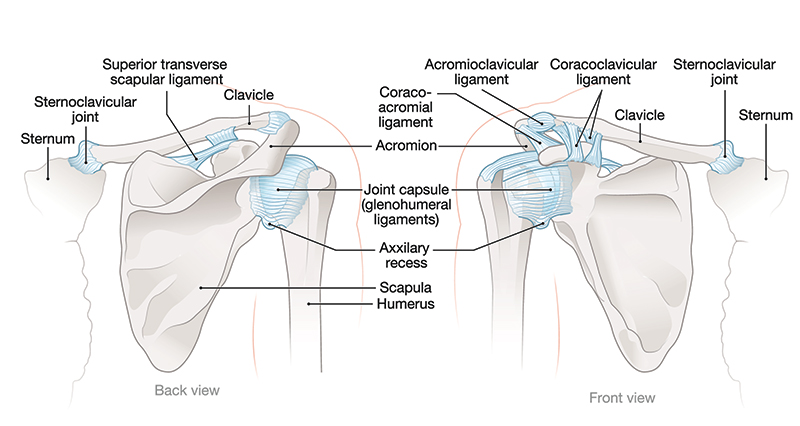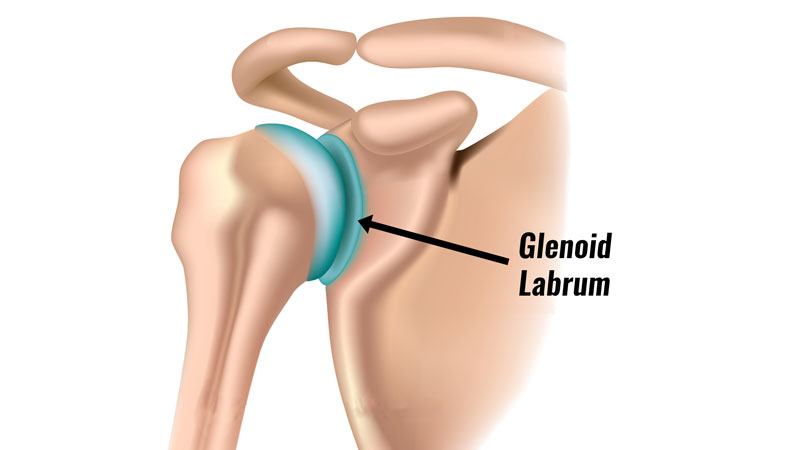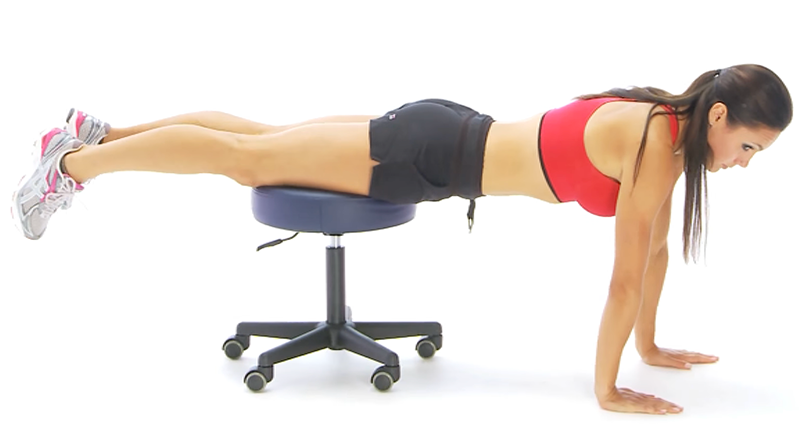Isometric shoulder exercises are exercises which do not involve movement. They are great for the early stages of shoulder rehabilitation following injury or after surgery. The word isometric comes from the Greek language and means ‘same distance’. The prefix ‘iso’ meaning same and the word ‘metric’ meaning measure. Therefore, In other words, no movement!
Okay, lets be honest. They are not the most exciting exercises to do, they are pretty boring. However, isometric shoulder exercises are often recommended for shoulder rehabilitation for the following reasons:
Reduced Joint Movement
Isometric exercises involve muscle contractions without joint movement. This is particularly beneficial for injured shoulders, where movement exacerbates pain, or cause further injury. By keeping the joint static, isometric exercises can help maintain muscle strength without putting additional stress on the shoulder joint. They are a safe option for early shoulder rehabilitation.
Pain Management
Isometric shoulder exercises are often less painful than dynamic exercises. Moving an injured shoulder is painful. The lack of movement helps manage pain while still engaging the muscles around the shoulder joint.
Muscle Activation
Isometric shoulder exercises are effective in activating and strengthening the muscles around the shoulder joint. This includes the rotator cuff muscles, which are crucial for shoulder stability and function. If you injure your shoulder then the muscles around the joint naturally waste away if not kept ‘active’.
Controlled Load
With isometric exercises, it’s easier to control the load and resistance. This is because it is based on the patients effort rather than any external resistance. Therefore, this allows for a gradual increase in strength training intensity, which is vital in a rehabilitation context.
Isometric shoulder exercises and joint Stability
Strengthening the muscles around the shoulder joint improves stability. This is particularly important in rehabilitation, as improved joint stability helps prevent future injuries.
Versatility and Convenience
Isometric shoulder exercises can be done almost anywhere and don’t typically require special equipment. This makes them easily accessible for people undergoing rehabilitation. They are also easily modified to suit individual pain thresholds, strength levels, and specific rehabilitation goals.
It’s important to note that while isometric exercises offer these benefits, they are typically part of a broader rehabilitation program that may also include other types of exercises. It’s always best to consult with a healthcare professional or physical therapist to get a tailored exercise program that meets individual rehabilitation needs.



